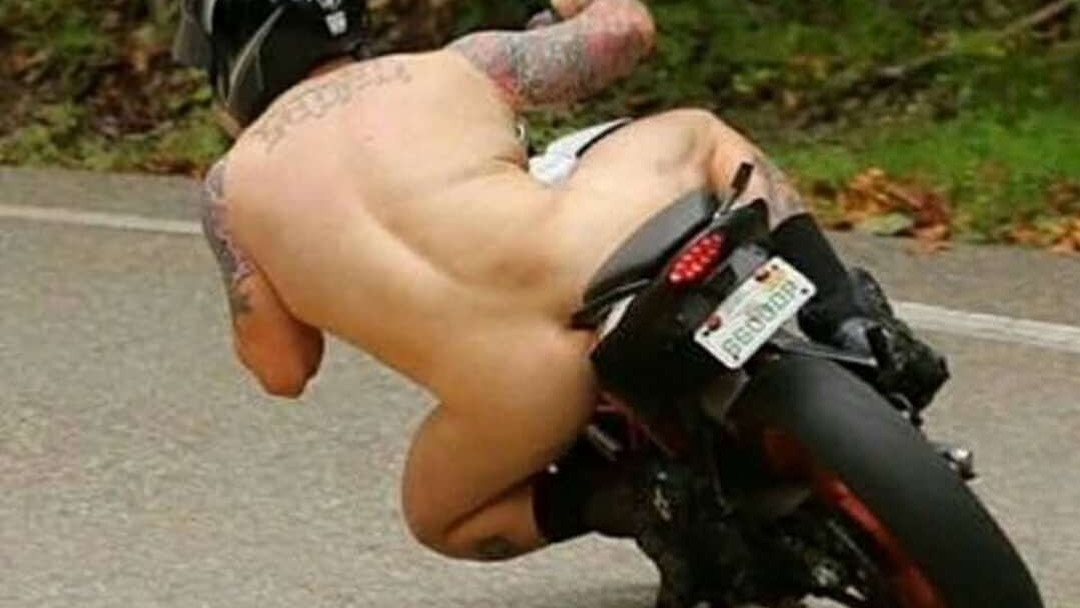So I found a griddle that was in pretty bad shape seasoning wise so I stripped it and noticed a small shiny area which worried me about lead. I ordered some lead tests that stated they were for metal (no specifics) and after doing the tests it came back positive. But this got me wondering if iron reacts with sodium rhodizonate, the main ingredient in these lead tests, to give false positives and load and behold it does. I confirmed this with another cast iron cookware that I know 100% never touched lead. So my question is how the hell do I test this? Everyone keeps recommending the same sodium rhodizonate lead test swabs just with different brand names.
Tldr: After stripping a griddle and finding a shiny spot, I tested it for lead and it came back positive, leading to concerns about the reaction between iron and sodium rhodizonate. The question is how to accurately test for lead contamination in the griddle without potential false positives from the test method recommended by others?
Edit: wanted to add some more info. I did experiment with the test themselves to see how reliable they were and they passed it so I don’t suspect its the test themselves but the chemical reaction between iron and the sodium rhodizonate
What if you hit that shiny spot with a torch? If it melts it’s probably lead.
Honestly I’m probably going to do this lmao. The other solutions, tests or sending it out, are just more expensive than getting a new cast iron griddle tbh. Appreciate the help
It could also be tin but either way you’d melt it off and solve the problem, right?
Yeah its possible but if anything melts out at 622°f I’m not even gonna risk it I’ll just call it lead and take it to my local hazardous waste area
Fair. Can you share any photos?
Brand new they’re $30
I appreciate it and I totally understand what you mean but like how I replied to another person I see this more as a learning experienced than anything else. Obviously I have my limits budget wise but I do really want to continue buying secondhand cookware in the future so this is a good way to learn if that makes sense.
You could try the kits from https://detectlead.com maybe? They are methlamine hydrobromide based.
Were they ever made with lead? Sounds like a bad choice for something that goes in an oven, since lead has such a low melting point. Not that I know anything, just pontificating.
I don’t think it’s a manufacturing thing, people sometimes use cast iron pans to melt lead for casting
Oh, I see - thanks!
If the spot you suspect is lead is on the surface, get the pan real hot and poke it with a pin or something. You ought to be able to figure out if it’s lead or tin this way too, since they’re far enough apart.
Alternatively you could just go buy a new cast iron griddle probably for not much more than all the trouble and testing equipment.
Yeah i see your point but this is more of an experiment in my eyes than anything else. Obviously there is a budget limit I’m not willing to cross but I do want to continue buying secondhand cookware in the future so this is just a way to get the knowledge on how to distinguish a potential hazard from good cookware if that makes sense. Plus I already have the equipment at hand so its not really a big problem money wise.



